
5 kW AWE TEST STATION
Collaboration with Electrogenos, a UK-based start-up developing high-performance, low-cost patented catalysts and unique manufacturing processes for AWE technologies.
Alkaline Water Electrolyser (AWE).
ELECTROGENOS

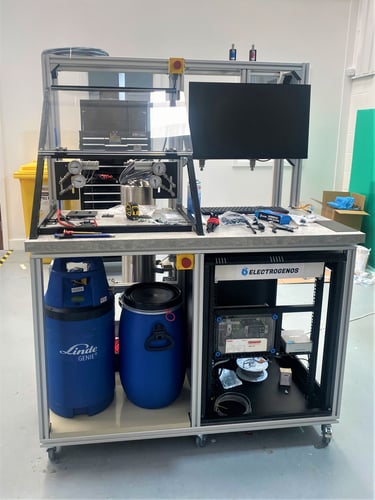

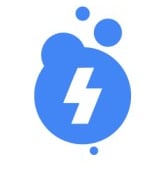
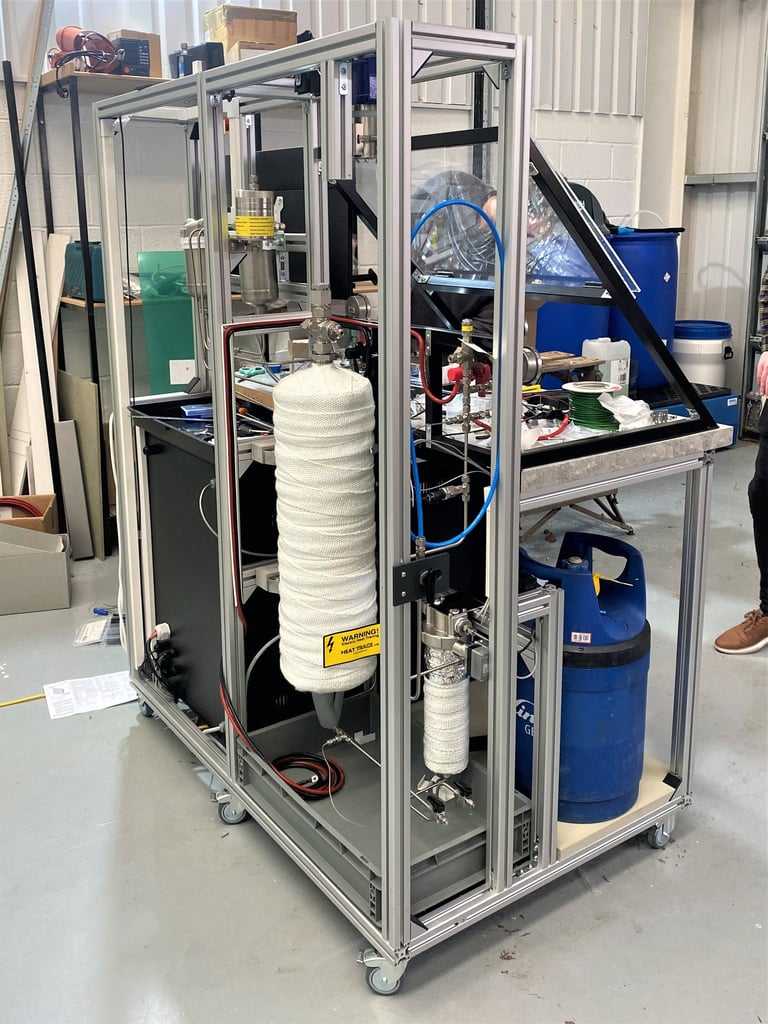

Electrolysis splits water directly into hydrogen and oxygen with efficiencies up to 56% [1].
AWEs use concentrated solutions of potassium hydroxide (KOH) or sodium hydroxide (NaOH), as pure water lacks enough conductivity for efficient ion transport.
This mature technology has been used industrially for over 100 years [2] and is widely used today for large-scale hydrogen production due to its robustness and cost-effectiveness.
However, AWEs have limitations, including lower current densities and slow responses compared to newer technologies. Manufacturing costs, particularly for electrodes and stacks, make up a significant portion of total expense [3].
Electrogenos aims to bridge the gap by developing cost-effective, high-performance catalysts, whilst simultaneously innovating manufacturing processes to reduce overall stack cost.
TEST STATION
Co-developed an automated 5 kW electrolyser test station
LabVIEW software for system control, safety, sensors and data acquisition
P&ID, software architecture, bill of materials (BOM)
Pipe-work for hydrogen, oxygen and KOH electrolyte
CAD design and managed fabrication
Wiring loom
Risk assessments, standard operating procedures (SOP)
ALKALINE ELECTROLYSER STACKS
Supported development of multiple stacks from 50W to 5 kW
Prototyping and R&D of electrolyser components
Gasket manufacturing
AWE BASICS
WORK BY SSR ENGINEERING
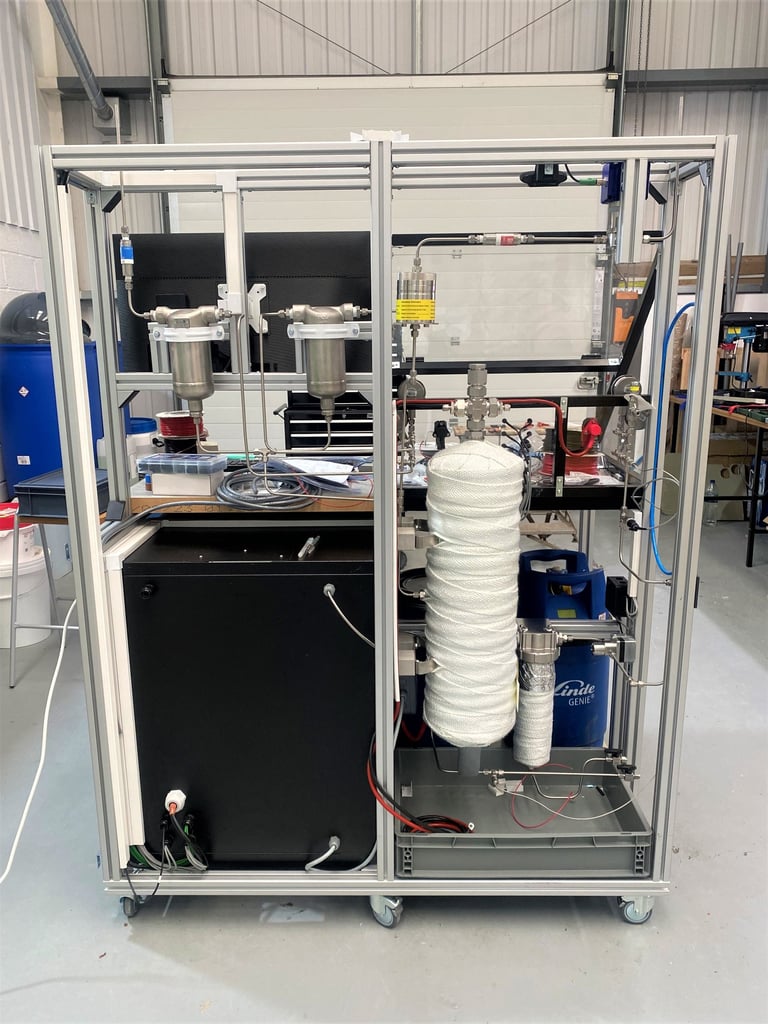

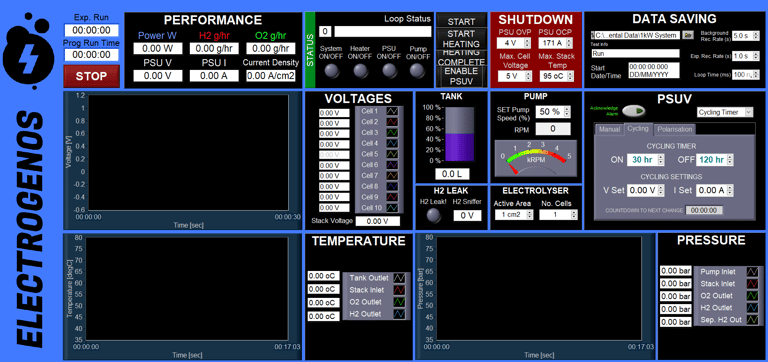

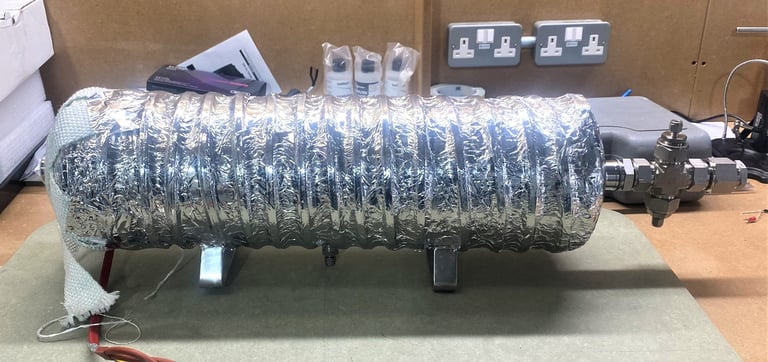

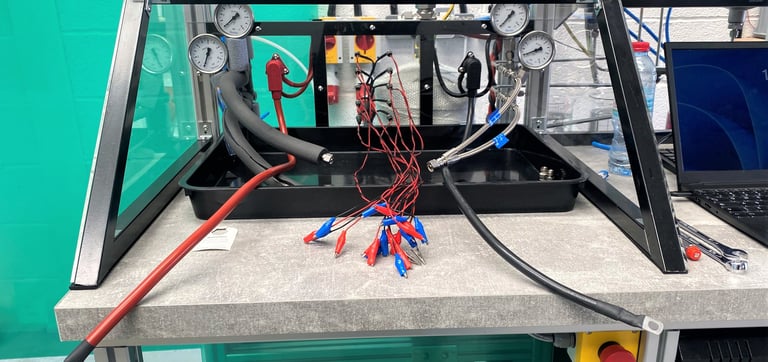

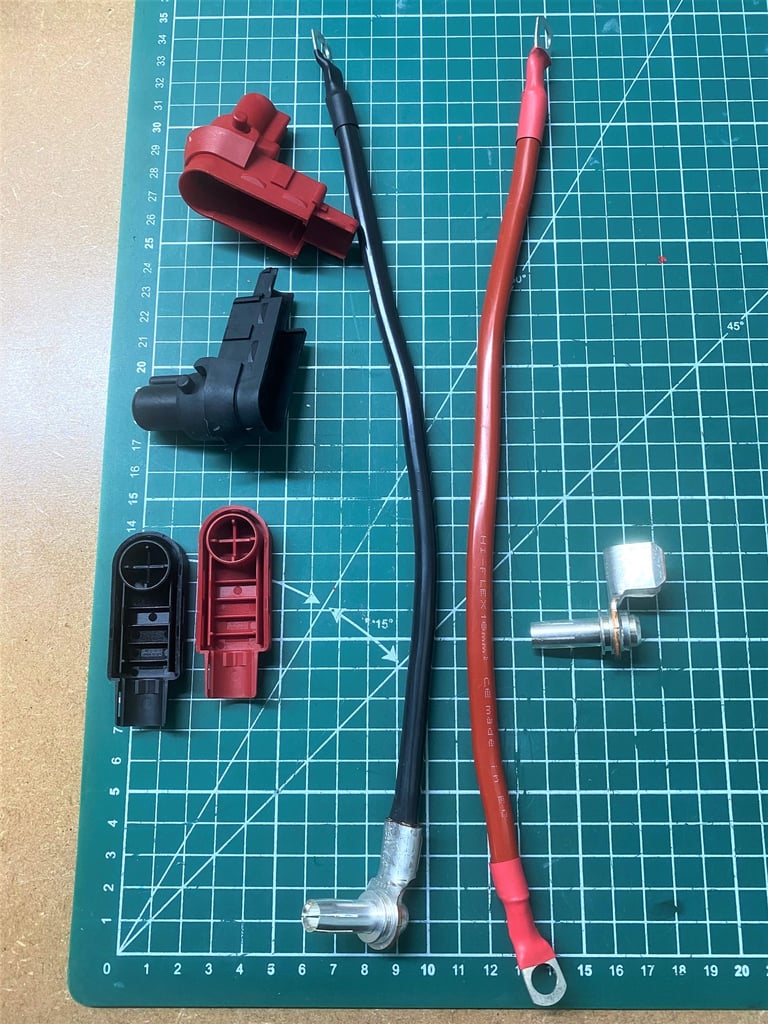


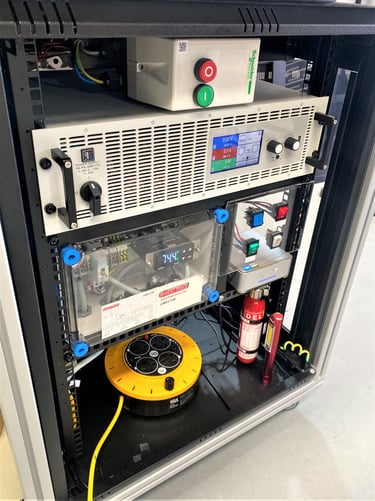
Electrolyte system: 20 L KOH (6M) tank with internal liquid level sensors and in-line filter
Electrolyte flow and temperature control
Individual separators for gas-liquid separation of hydrogen and oxygen
Gas purity analysis of oxygen cross-over in the hydrogen stream
Hydrogen gas-leak detection alarm
Nitrogen purging for stack disassembly and full-system decommissioning/electrolyte replacement
TEST STATION SPECIFICATIONS
Monitoring system for temperature, pressure and flow across all critical points
Power supply unit (PSU) control and cell voltage monitoring
Controlled electrolyser operation programmes including manual control, on/off cycling and polarisation performance
Data acquisition for background and experimental data
Comprehensive automation and safety management including user defined safety limits and manual and software E-STOP controls
Example of an ‘ideal’ energy market through a hydrogen economy.
Electricity generated from alternative and clean energy sources can provide power directly to the grid.
In cases of low grid demand (demand and supply mismatch), these sources of clean energy can still be utilised, by converting water into hydrogen.
This hydrogen can be sent by pipelines for industrial use, to refuelling stations or for stationary combined-heat-and-power (CHP) applications e.g. powering homes or buildings.
Otherwise, the hydrogen can be stored in tanks and cylinders, to be used again at a later date to convert back into electricity using fuel cell technology.
EXAMPLE OF A HYDROGEN ECONOMY
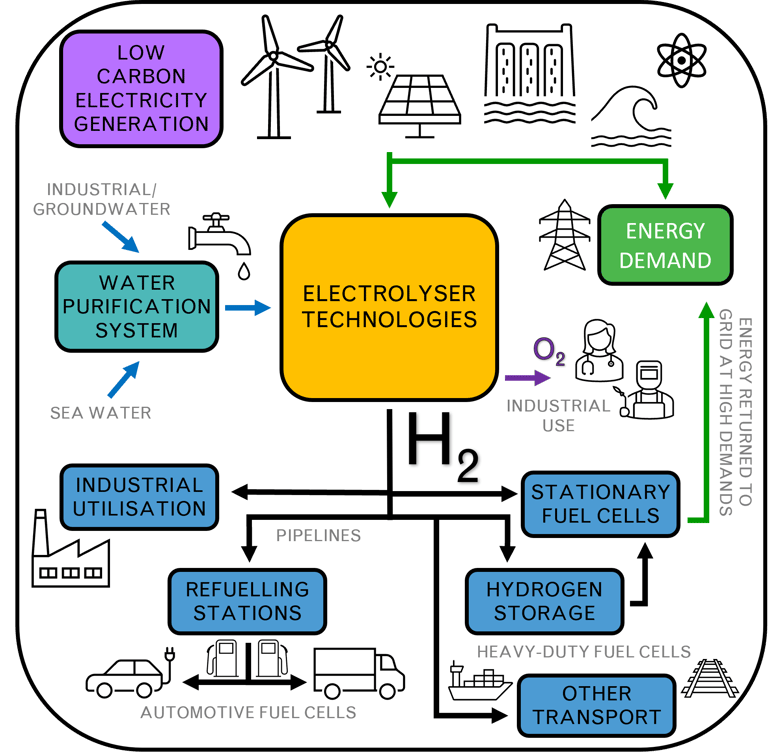

[1] National Renewable Energy Laboratory (NREL), ‘Technology Brief: Analysis of Current-Day Commercial Electrolyzers’, NREL/FS-560-36705, 2004
[2] Joint Research Centre (JRC): EU Science Hub, 'Water Electrolysis and Hydrogen: growing deployment prospects in Europe and beyond', 2023 [Link]
[3] International Renewable Energy Agency (IRENA), 'Green Hydrogen Cost Reduction: Scaling Up Electrolysers', 2020 [Link]

© Copyright SSR Systems Engineering Ltd - All rights reserved
